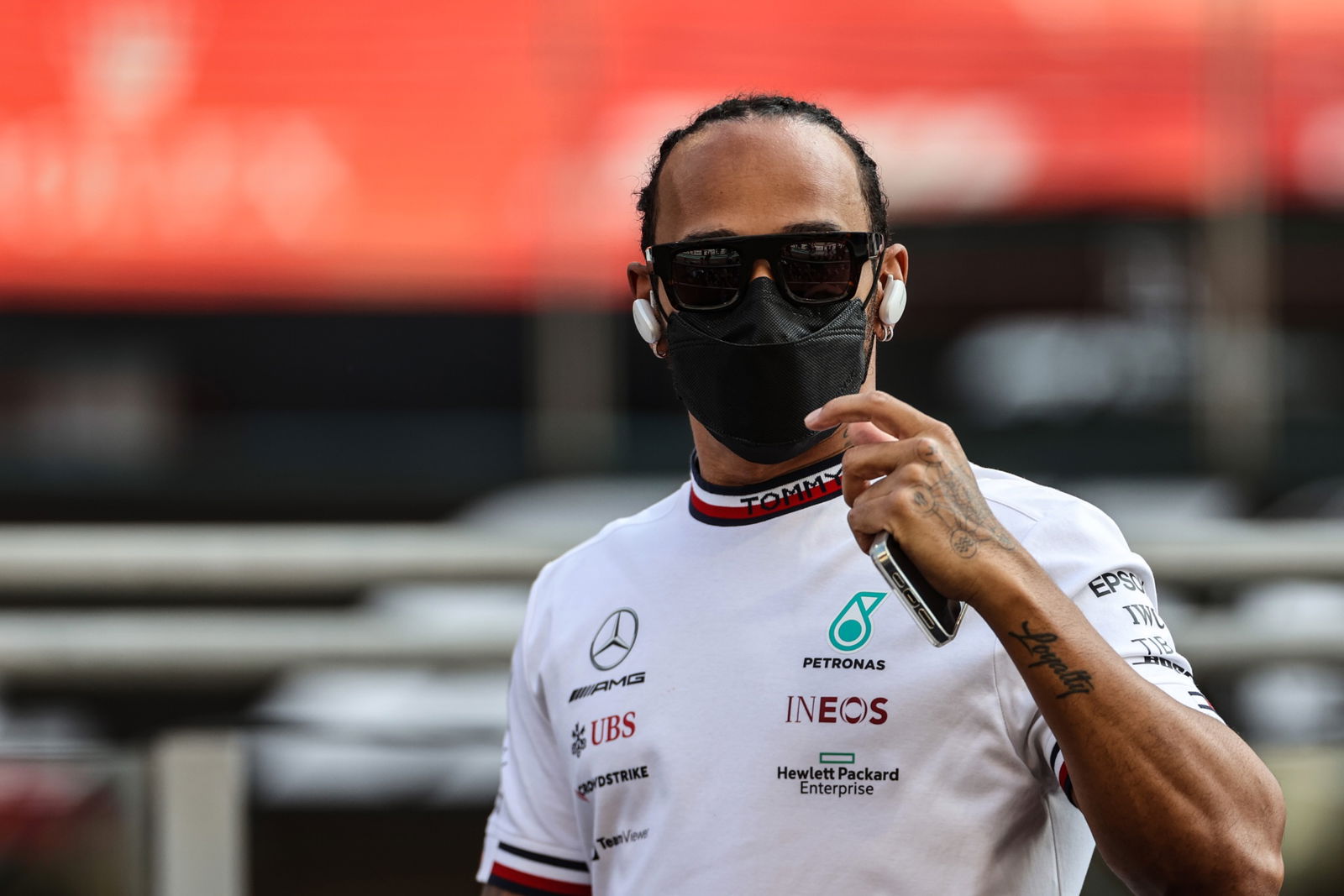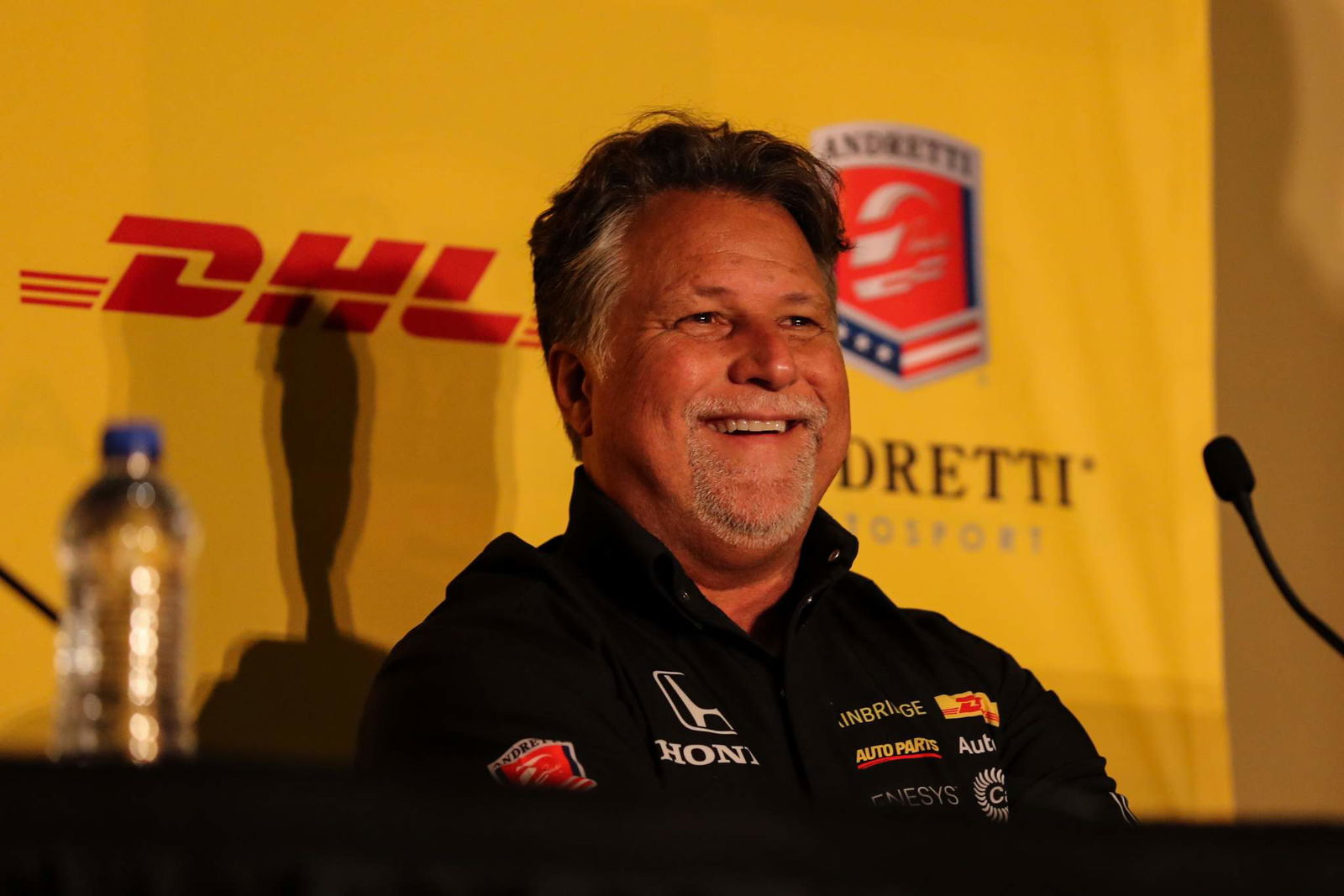Mercedes overhauls F1 power unit with most changes since 2014

All F1 manufacturers will be no longer allowed to develop their power units as part of an engine freeze to cut costs and ensure the playing field remains even.
The freeze was set to take place in 2023 but due to Honda bowing out of the sport at the end of last year, in a bid to help Red Bull, engine development has been halted a year earlier.
With power unit performance set to be frozen, reigning constructors’ champions Mercedes has gone all-out for this season as it looks to unlock even more performance.
The German manufacturer has dominated the V6 hybrid era since 2014 with its power unit being the class of the field for much of it.
Along with the engine freeze, E10 fuel has been introduced for 2022 as F1 looks to have 100 per cent sustainable fuel by 2026.
Speaking after the launch of the W13, head of Mercedes AMG HPP, Hywel Thomas explained how the team at Birxworth has upgraded its power unit for the 2022 campaign.
"The project we took on for 2022 was large, and it is a very broad upgrade across the different elements, to get every last bit of performance, efficiency and reliability. There are also some FIA-imposed measurements, particularly in the ERS system, that we had to accommodate as well," Hywel explained.
With F1 introducing entirely new technical regulations for 2022 in terms of aerodynamics and chassis, Hywel stressed the importance of the HPP team at Brixworth working with the chassis personnel at Brackley.
"The chassis team have been working very diligently and swiftly through the new regulations, so they can understand where the opportunities lie, and which areas are lap time-sensitive," he added.
"We make adjustments to the PU that allow the chassis team to best exploit the regulations. We might want to rearrange the installation slightly or change the PU layout to get more flexibility in those lap time-sensitive areas."


